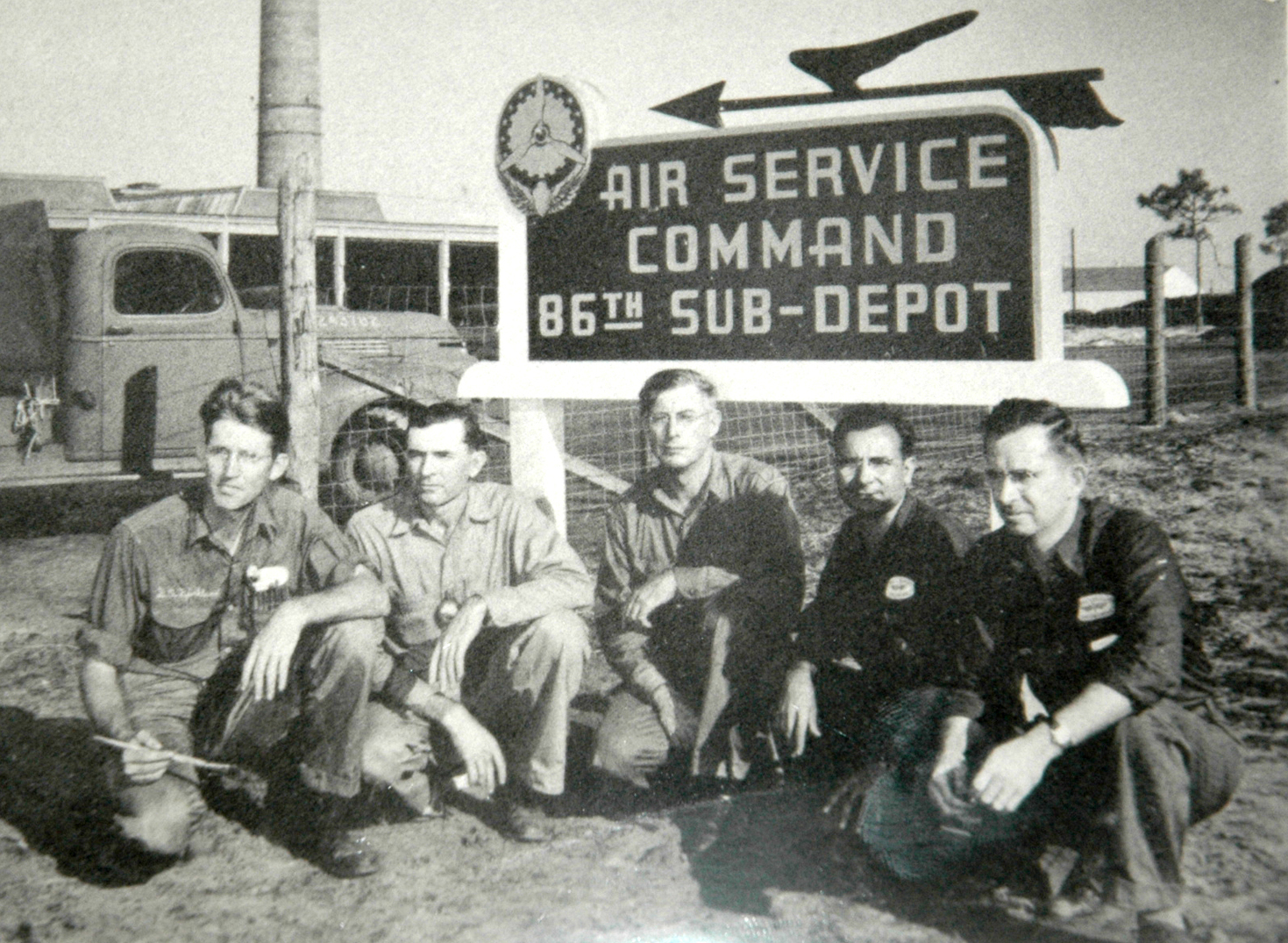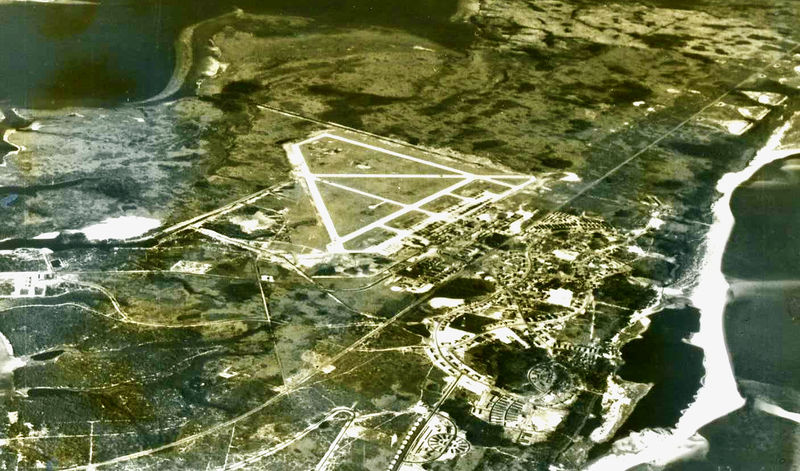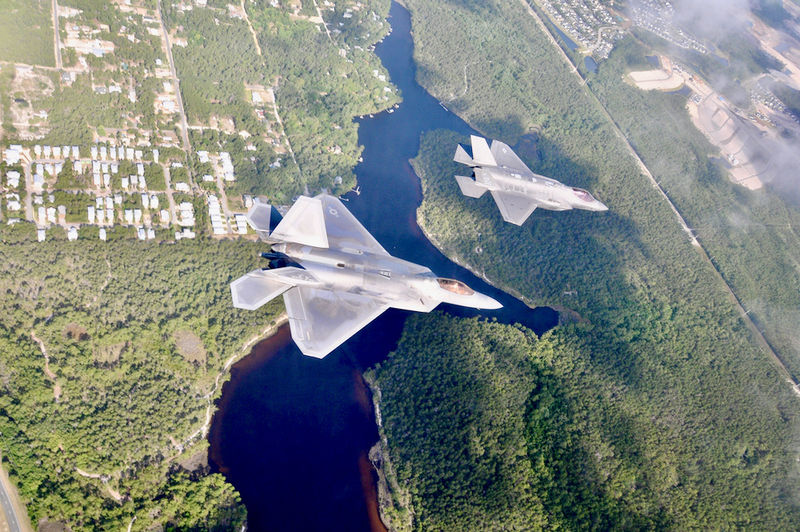Brief History of the Base



Tyndall Air Force Base (AFB) originally opened as Tyndall Field on January 13, 1941 as a gunnery range. Tyndall Field was named after 1st Lt Frank Benjamin Tyndall (1894–1930) and was renamed to Tyndall AFB on January 13, 1948.
Tyndall AFB became the United States Air Force (USAF) Pilot Instructor School after being deemed an Air Training Command Installation in September of 1950. The installation became a training hub for pilots, ground-controlled intercept operators, and flight crews under the Air Defense Command (ADC). During the Cuban Missile Crisis of 1962, Tyndall AFB served as a refueler base for ADC aircraft redeploying to other installations.
Following Department of Defense (DoD) efforts to refine defense management, Tyndall was reorganized from 1991-1993. During this time, Tyndall was transferred to the Air Combat Command (ACC) and then to the Air Education and Training Command (AETC). With the development of the USAF F-22 Raptor aircraft, Tyndall became the first home to a modern wave of USAF air power.
In 2002, the Chief of Staff of the USAF adjusted the 325th Fighter Wing to become a combat organization. Tyndall now houses the 325th Fighter Wing and provides training to F-22A Raptor pilots. When a combat-coded F-22 squadron was added to Tyndall in 2012, the installation was moved under ACC for another time. The first combat deployment of F-22 Raptors from Tyndall was completed by the 95th Fighter Squadron in April of 2015.
In October of 2018, Tyndall AFB was hit by a devastating hurricane that led to damage to nearly 100% of the installation’s assets. Hurricane Michael was Category 5 hurricane that reached top sustained wind speeds of 155 mph and caused over 15 feet of storm surges at nearby Mexico Beach.
After the completion of post-hurricane damage assessments, debris removal, and initial facility repairs, Tyndall AFB was designated to be the new home of an F-35 mission while the F-22s moved to Joint Base Langley-Eustis (JBLE). With this new F-35 mission and a number of remaining missions, Tyndall AFB was framed as the Installation of the Future. This vision shaped goals to have the installation be rebuilt to be more sustainable, more resilient, and more integrative of SMART systems. The rebuilding effort incorporates the following planning and design strategies:
- Support ongoing mission readiness
- Provide more resiliency, sustainability, and integration with SMART technology
- Address storm surge, high wind speed probability, and other environmental concerns
- Consolidate development to use land efficiently
- Create a walkable USAF community
The consolidation of the development will aid Tyndall in rebuilding the installation into a walkable community that considers lifecycle and infrastructure costs alongside belongingness for airmen and their families.
The Tyndall AFB Installation of the Future consists of the construction of more than 100 new buildings, repairs to existing buildings, and infrastructure improvements submitted for approval and funding during fiscal years 2019 and 2020. These new buildings comprise a combination of replacements for damaged facilities and development of new facilities to support the future F-35 mission. Totaling more than 2 million square feet, these new facilities consist of maintenance, hangar, administrative, operations support, dormitory, temporary lodging, recreation, community facilities, and a chapel. Enabling infrastructure, including roadways, pedestrian paths, entry-control facilities, and utility improvements, is also planned.

